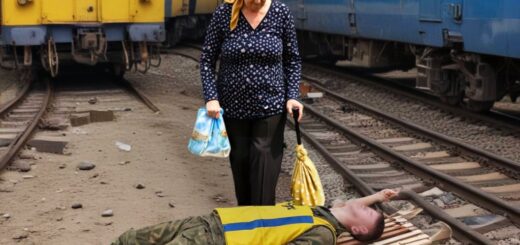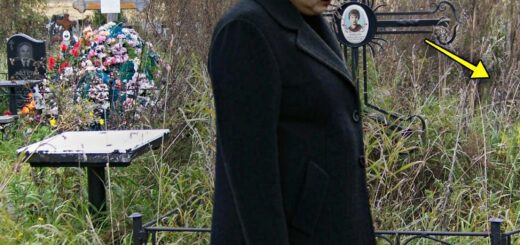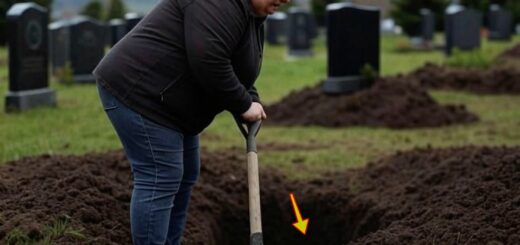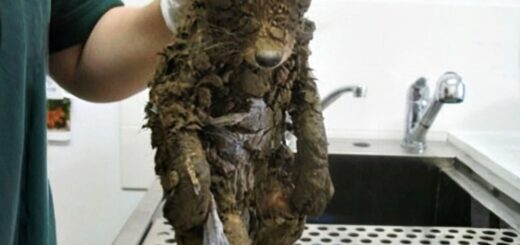The class of ’99 disappeared during their senior trip, and now, 22 years later, a shocking find comes to light…
June 3rd, 2021, nearly noon. A hiker named Travis Milner, an off-duty firefighter from Medford, Oregon, decides to explore a trail system that is rarely used deep inside the Rogue River Siskiyou National Forest. He’s not looking for anything in particular, just solitude and silence.
But a few hours in, after bushwhacking through thick undergrowth far beyond the marked paths, he sees something strange. A flash of yellow, almost entirely buried in brush and decay. As he clears back the ferns and dead vines, the shape begins to form.
Metal, windows, cracked rubber tires sunk deep into the earth. It’s a school bus, rusted, broken, its frame twisted and smothered by years of growth. The number on the side is faint, nearly gone, but just barely readable.
Number 57. The door is jammed, swollen from weather and time. He forces it open, coughing as stale air pours out.
The interior is a tomb. Dust and mildew cling to every surface. Seats are ripped.
Ivy grows through shattered windows. And on the floor, rotting but still recognizable, lie school bags, letterman jackets, and a pair of moldy graduation caps. A jacket with a Forest Grove high school crest hangs limply on the edge of a seat.
At the back, lying beneath collapsed luggage racks and debris, he spots the bones. Not one set, but several. Some are fully skeletonized, others partially decayed.
It takes him a moment to understand what he’s seeing. There are multiple sets of human remains. 17, later confirmed.
He calls 911 immediately. Within hours, the site is cordoned off by law enforcement. Investigators, forensic teams, and anthropologists swarm the scene.
And just like that, the mystery that had gone cold in 1999 is suddenly burning again. The media descends. Families who had spent 22 years grieving, or hoping, are forced to relive it all over again.
The investigators begin cataloging the contents of the bus. Most items are weather damaged, some destroyed beyond recognition. But in a cracked, mold-covered backpack shoved under the driver’s seat, they find something unusual.
A manila folder, waterlogged but still intact. Inside are hand-drawn sketches, charcoal and pencil, signed in the bottom corners by Emily T., Emily Thompson, one of the missing seniors. Her body is not among the remains.
The sketches are haunting, disturbing. One shows a ring of figures standing in a forest clearing, surrounding a fire. Another shows faces hidden behind crudely drawn masks, blank, expressionless.
Another sketch, darker and more frenzied, depicts blood dripping from tree branches, forming a circle on the forest floor. Symbols are scrawled in the background, none matching any known language. Some pages appear torn or ripped from a journal.
The last sketch in the folder shows what looks like the school bus, but different. It’s surrounded by tall, faceless silhouettes. And in the front window, behind the wheel, is a mask.
Investigators identify the remains using dental records and DNA. Of the 28 people who disappeared, 26 students and two teachers, 17 bodies are accounted for, but nine students are still missing. So are both teachers, including Mr. Carl Muse, the AP History teacher, and Ms. Janine Crawford, the chaperone.
The discovery shatters any remaining theories that the class simply ran away or died in a crash. The bus is too deep in the forest, with no path wide enough for a vehicle of that size to reach without a trace. No roads nearby.
No tire marks. It didn’t crash there. It was placed there.
Hidden. Why only 17? Where are the others? And why was Emily, a quiet student who barely spoke in class, drawing scenes that looked like rituals? Investigators comb the area within a half-mile radius, but the dense terrain slows the search. No footprints.
No remains outside. Only silence. And the weight of something they can’t quite explain.
The case is reopened, not just as a recovery, but as a possible crime scene. Foul play is suspected, and as the sketches are leaked to the press, a new theory begins to circulate. One far darker than anyone had considered before.
What really happened to the class of 99 in those woods? And who, if anyone, planned for them never to return? Days after the discovery of the school bus in the Oregon woods, the police station in Bend was flooded with news vans, investigators, and concerned citizens. The entire state was buzzing with a mystery. What had happened to the class of 1999? What was the meaning behind the bones found inside the rusted school bus? And why, after more than two decades, had nothing surfaced until now? Then, on the morning of June 10th, an unassuming figure walked into the Bend Police Station.
The early morning haze lingered in the air, and the fluorescent lights of the station hummed with the usual monotony until the door swung open, and a man stepped inside. He was gaunt, thin to the point of appearing almost fragile. His face was unshaven, his clothes ragged, a tattered jacket hanging loosely from a skeletal frame…
























